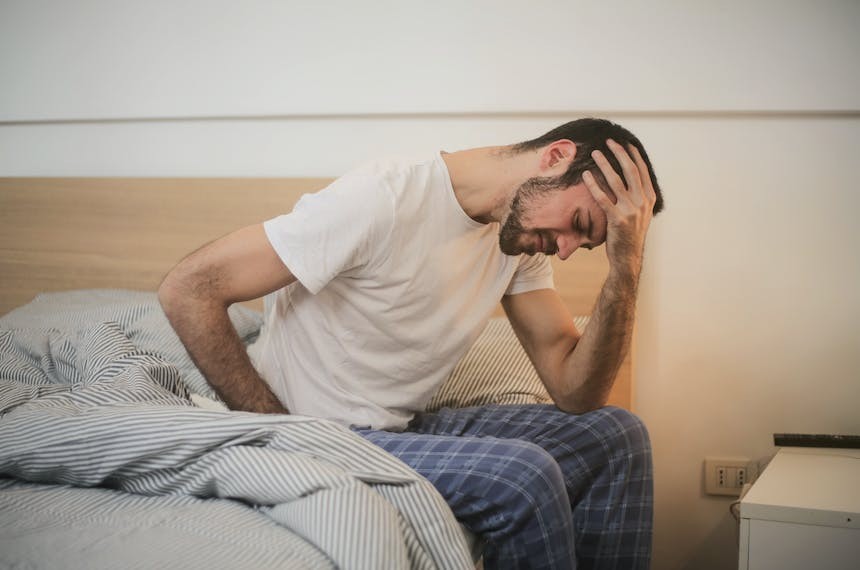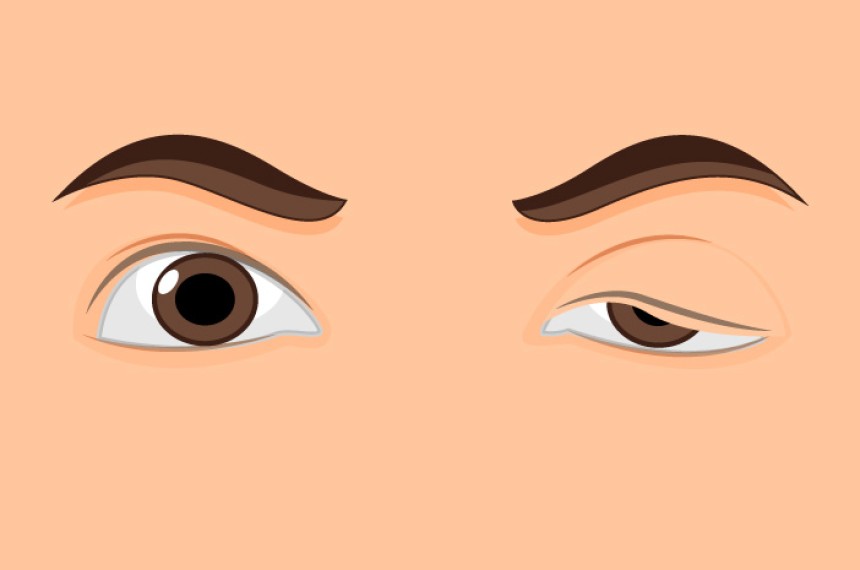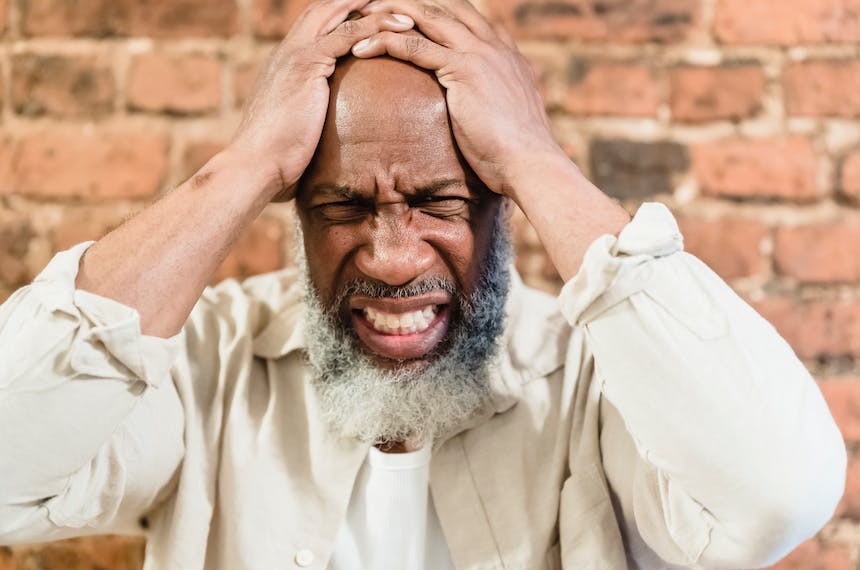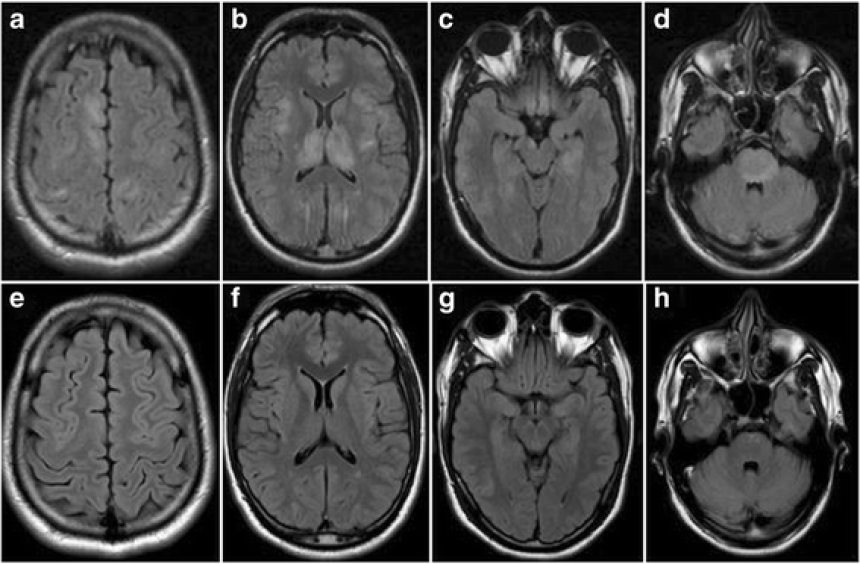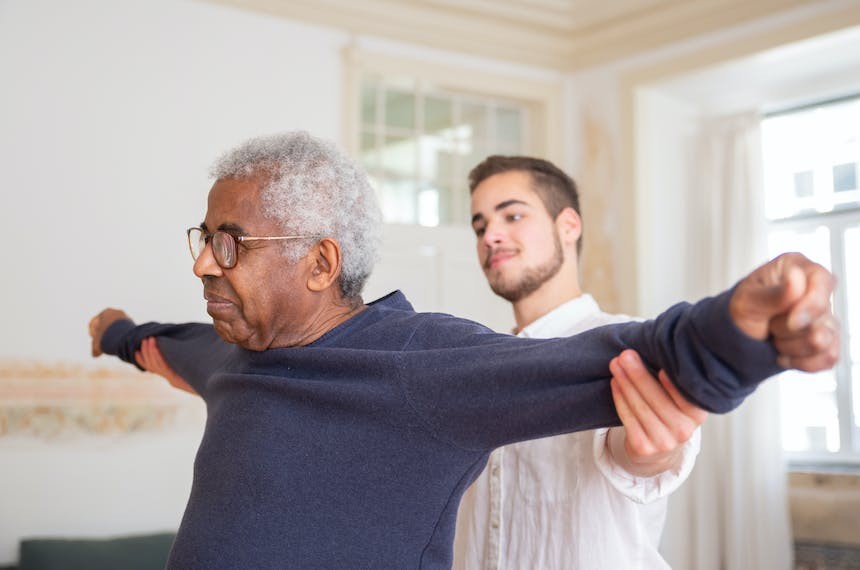
Parkinsons disease Basic Management
Parkinson's disease treatment involves non-pharmacological approaches like exercise, occupational therapy, and nutrition. Tai chi and yoga have shown benefits. Pharmacological options include levodopa, dopamine agonists, MAOB inhibitors, amantadine, and anticholinergic drugs, each with considerations. Surgery may be considered for certain cases, such as DBS.
Treatment for Parkinson disease divides into non-pharmacological, pharmacological and surgical therapy.
Non-pharmacological Therapy:
Non-pharmacological therapy includes regular exercise, occupational therapy and speech therapy for dysarthria. Also, prompt nutrition; through high fiber diet and adequate hydration; is important to avoid loss of muscle mass. (1, 2, 3, 4)
Pharmacological Therapy:
Additionally, multiple studies supported a six -month program of twice-weekly tai chi training as a beneficial form of exercise to improve motor function. (5) Ultimately, clinical trials had shown that mediation through yoga programs led to similar improvements in motor function and hence quality of life. (6) Pharmacological therapy of Parkinson disease: There are five main drugs classes for the management of Parkinson disease. They include the following; Levodopa (For dosing, please see below), Dopamine agonists including Pramipexole IR at 0.125 mg three times daily, Ropinirole IR at 0.25 mg three times daily, Monoamine oxidase type B (MAOB) inhibitors; such as, selegline at 5 mg twice daily, Rasagiline at 0.5- 1.0 mg once daily, Amantadine at 100 mg two to three times daily and Anticholinergic drugs, such as, trihexyphenidyl at 0.5- 1 mg twice daily. (7) Levodopa is the most effective agent to control motor symptoms in the disease. Dopamine agonists have a lower potency than levodopa and a higher risk of neuropsychiatric side effects including hallucination and psychosis and withdrawal symptoms if stopped abruptly. MAOB inhibitors, and amantadine have modest antiparkinson effects but are well tolerated and convenient. Anticholinergic drugs have some activity to control tremors,. (7, 8)
Initial Therapy Decisions:
The decision to initiate pharmacological therapy depends on the degree to which symptoms interfere with the quality of life of patients, the presence of severe bradykinesia or gait disturbance and overall, the patient’s preference. These drugs have a lot of side effects. So, physicians should find the lowest dose of medication that adequately control the patient's symptom without significant toxicities.
Levodopa and Carbidopa:
Carbidopa inhibits the peripheral decarboxylation of levodopa to dopamine, allowing for greater levodopa distribution into the central nervous system and has to be considered with levodopa. The usual starting dose of carbidopa- levodopa is 25/100 mg, and is given as a half tablet two to three times daily with meals or 10/100 mg orally 3 or 4 times daily. (10)
Surgical Options:
For patients who have dyskinesia or motor fluctuation which can’t be adequately controlled with medical treatment, then surgery has to be considered. Surgical options include Levodopa/ carbidopa intestinal gel infusion or deep brain stimulation (DBS). (13)
References
1- van der Kolk NM, de Vries NM, Kessels RPC, et al. Effectiveness of home- based and remotely supervised aerobic exercise in Parkinson's disease: a double-blind, randomised controlled trial. Lancet Neurol 2019; 18:998.
2-Tomlinson CL, Patel S, Meek C, et al. Physiotherapy versus placebo or no intervention in Parkinson's disease. Cochrane Database Syst Rev 2013; CD002817.
3-Johnson JA, Pring TR. Speech therapy and Parkinson's disease: a review and further data. Br J Disord Commun 1990; 25:183.
4-Agarwal P, Wang Y, Buchman AS, et al. MIND Diet Associated with Reduced Incidence and Delayed Progression of ParkinsonismA in Old Age. J Nutr Health Aging 2018; 22:1211.
5-Li F, Harmer P, Fitzgerald K, et al. Tai chi and postural stability in patients with Parkinson's disease. N Engl J Med 2012; 366:511.
6-Kwok JY, Kwan JCY, Auyeung M, et al. Effects of Mindfulness Yoga vs Stretching and Resistance Training Exercises on Anxiety and Depression for People With Parkinson Disease: A Randomized Clinical Trial. JAMA Neurol 2019; 76:755.
7- Connolly BS, Lang AE: Pharmacological treatment of
Parkinson disease: a review. JAMA. 2014 Apr;311(16):1670-83.
8- Rogers G, Davies D, Pink J, Cooper P: Parkinson's disease: summary of updated NICE guidance. BMJ. 2017;358:j1951. Epub 2017 Jul 27.
9-Bressman S, Saunders-Pullman R. When to Start Levodopa Therapy for Parkinson's Disease. N Engl J Med 2019; 380:389.
10- Stowe RL, Ives NJ, Clarke C, et al. Dopamine agonist therapy in early Parkinson's disease. Cochrane Database Syst Rev 2008:CD006564.
11- Lang AE. Treatment of Parkinson's disease with agents other than levodopa and dopamine agonists: controversies and new approaches. Can J Neurol Sci 1984; 11:210.
12- Parkes JD, Baxter RC, Marsden CD, Rees JE. Comparative trial of benzhexol, amantadine, and levodopa in the treatment of Parkinson's disease. J Neurol Neurosurg Psychiatry 1974; 37:422.
13- Samanta J; Hauser RA: Duodenal levodopa infusion for the treatment of Parkinson's disease. Expert Opin Pharmacother. 2007; 8(5):657-64.

